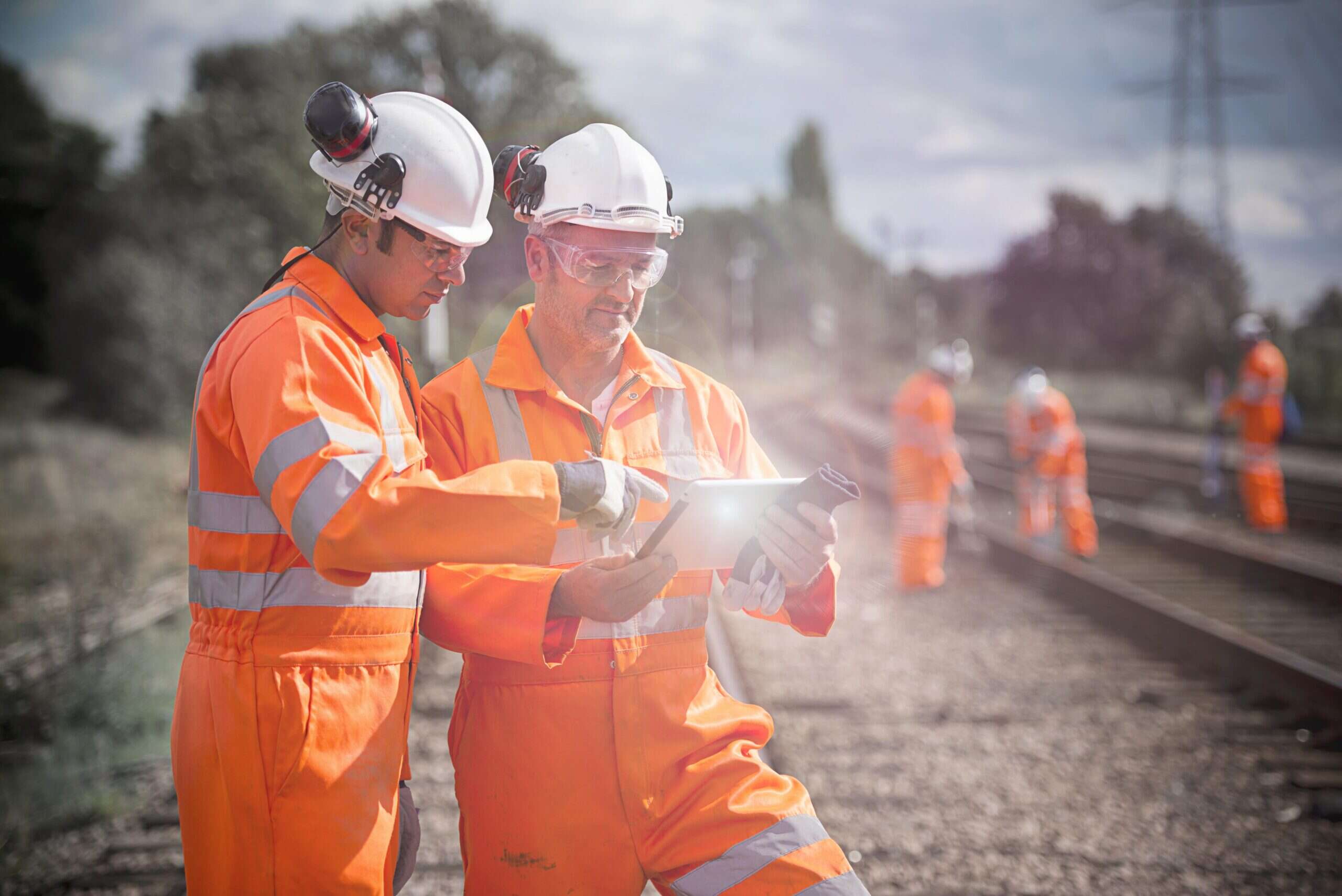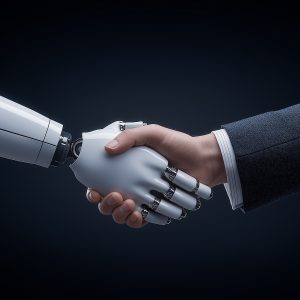
Up to 40,000 railway staff are set to strike again on Saturday as a dispute with rail operator Network Rail over pay and proposed redundancies continues. These job cuts have been linked to the implementation of digital monitoring systems and drones, with one campaigner saying the move will leave the railway network with an “over-reliance on technology”.

The UK rail strikes started on Tuesday and are being led by the National Union of Rail, Maritime and Transport Workers (RMT) in a dispute over pay and redundancies. In a briefing document seen by Tech Monitor, RMT boss Mick Lynch says that a key aspect of the dispute of the threat of thousands of compulsory redundancies, which would mean “increased risks on safety-critical infrastructure”.
Network Rail is looking to cut 1,800 roles, some 10% of the maintenance workforce, though it says there is “room for people to be retrained and become multi-skilled” to meet vacancies elsewhere on the network. Another union, the TSSA, says up to 2,600 roles are at risk, a figure Network Rail says it “doesn’t recognise”.
Tim Shoveller, Network Rail’s chief negotiator, confirmed that the implementation of technology means job cuts: “The changes will mean dumping outdated working practices and introducing new technology, both of which will lead to a more effective and safer maintenance organisation,” he said. “We expect this will reduce roles by about 1,800, the vast majority of which will be lost through voluntary severance and natural wastage.”
In response to the announcement of the UK rail strikes, Grant Shapps MP, Secretary of State for Transport, told rail workers that the new technology would be replacing old technology, which in some cases was centuries old. This includes maintenance practices that need modernising, and making better use of technology.
A spokesperson for the Department for Transport confirmed to Tech Monitor that this modernisation is linked to the Digital Railway Programme.
What is the Digital Railway Programme?
The Digital Railway Programme is Network Rail’s plan to transform the rail network using technology. It is part of the 15-year-long Digital Railway Strategy which was published in 2018.
The operator says that deploying modern signalling and train control technology, will increase capacity, enhance safety, reduce delays and drive down costs, passing the benefits onto passengers, freight operators and businesses. It is an industry-wide initiative supported by the government, train operators, freight companies, the supply chain, and trades unions, says Network Rail.
Technologies that are planned to be used as part of the programme include European Train Control System (ETCS), Connected Driver Advisory Systems (CDAS) and Automatic Train Operation (ATO), Traffic Management and Telecoms and data.
The wider Digital Railway Strategy says that there would be a “potential increase” of 4,200 to 10,600 jobs by 2035 due to the improved rail service as well as increased skill levels in the labour force – this would include the training of around 3,100 drivers to operate the systems – and improved track worker safety.
How is Network Rail using advanced technologies?
Network Rail told Tech Monitor trade unions have stalled on consultation talks on implementing technologies such as intelligent remote monitoring systems and drones.
Also known as intelligent infrastructure, remote monitoring systems could sit underneath trains and monitor rail tracks in real-time, checking pieces of kit across the country. As it stands, Network Rail says that crew teams of maintenance workers are sent out to check pieces of kit every six months, and implementing this technology would improve safety for these staff and increase efficiency, with crews only being sent out when there is a problem.
Drones are set to be used to inspect embankments and look at the condition of the railways. “The rail network is so extensive so if we put technology in to find where the problem areas are, we can be more efficient,” said a Network Rail spokesperson. It already uses unmanned aircraft to monitor 20,000 miles of track and 30,000 bridges, tunnels and viaducts by surveying the railway.
The drones gather data such as videos and images of the railway so workers can better understand a problem in a certain location and what repairs they need to undertake. Network Rail says that this is a “predict and prevent approach”, so faults are detected before they affect the normal running of trains.
Network Rail has accused RMT of stalling over technology consultation talks, saying that it needs the trade union to approve the use of the technology. These talks have been ongoing since 2020.
UK rail strikes: network could become ‘overly reliant’ on technology
Speaking to Tech Monitor, Cat Hobb, founder and director of We Own It, an independent organisation campaigning for public ownership, said that the reduction of maintenance jobs would mean there would be a 34% drop-in maintenance hours on the railway.
She argues that while Network Rail says that they’re going to be able to make better use of track space and improve safety through the methods outlined in the Digital Railway Programme, she believes that the programme is being used as an excuse to make redundancies which will leave passengers feeling less safe.
“If you’re cutting staff, who’s going to fix things? Who’s going to implement the new system? They should be introducing that system before they make cuts to staff,” Hobb says. “The bigger picture from our perspective is this over-reliance on technology, to solve problems and actually the reality is if you want passengers to feel safe on the railway, you need people.”






